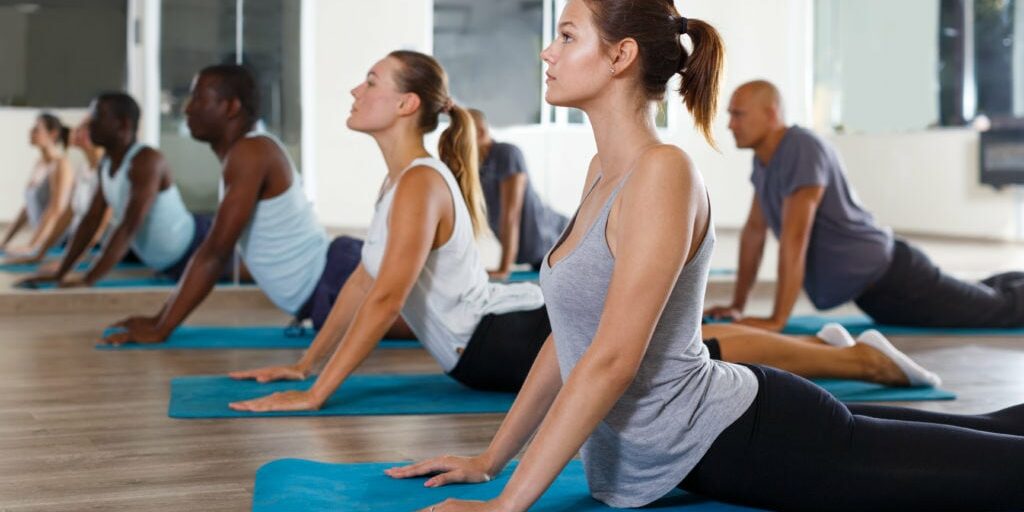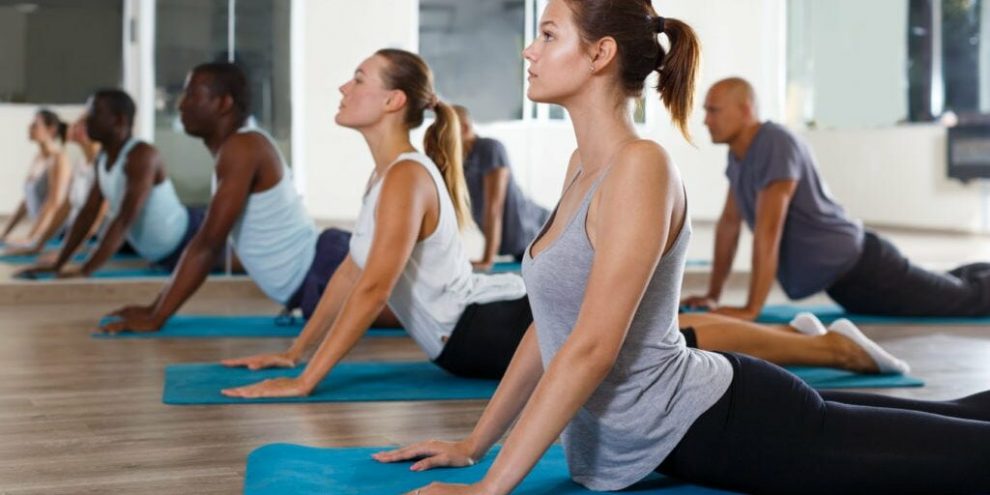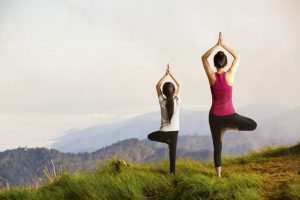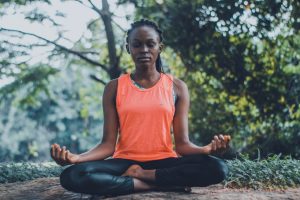
Introduction
Yoga is a diverse and ancient practice that encompasses various styles, each with its unique characteristics and benefits. From the gentle and foundational Hatha yoga to the dynamic and flowing Vinyasa yoga, the world of yoga offers a wide array of options for practitioners of all levels. In this article, we will explore popular yoga styles, their distinguishing features, and the benefits they bring to our physical, mental, and spiritual well-being. Through a blend of real-life examples, quotes from renowned figures, and the integration of technology, we will embark on a journey of exploring yoga styles and discovering the one that resonates with your personal journey.
I. Hatha Yoga: The Foundation of Physical Practice
Gentle Movements and Mindful Alignment
Hatha yoga is a foundational style that emphasizes physical postures (asanas) and breath control (pranayama). It focuses on gentle movements, holding poses for a longer duration, and emphasizes proper alignment. Hatha yoga provides a solid foundation for beginners, fostering body awareness, and developing strength and flexibility.
Real-Life Example: Hatha Yoga for Stress Relief
Hatha yoga can be a powerful tool for stress relief. By practicing slow and deliberate movements, deep breathing, and relaxation techniques, individuals can find solace, release tension, and cultivate a sense of calm amidst the demands of everyday life.
II. Vinyasa Yoga: Flowing with Breath and Movement
Dynamic and Fluid Sequences
Vinyasa yoga is a dynamic style characterized by continuous movement linked with breath. It seamlessly flows from one pose to another, creating a dance-like experience. Vinyasa yoga offers a creative and challenging practice that builds strength, flexibility, and cardiovascular endurance.
Real-Life Example: Vinyasa Yoga for Mind-Body Connection
Vinyasa yoga can be a powerful practice for cultivating a strong mind-body connection. By synchronizing breath with movement, practitioners experience a heightened sense of awareness and presence, allowing them to deepen their practice and explore the meditative aspects of yoga.
III. Bikram Yoga: Heat and Intensity
Hot Yoga in a Controlled Environment
Bikram yoga, also known as hot yoga, is practiced in a heated room with temperatures around 105°F (40°C). It follows a specific sequence of 26 postures and two breathing exercises. The heat and humidity help warm up the muscles, increase flexibility, and promote detoxification through sweat.
Real-Life Example: Bikram Yoga for Detoxification and Focus
Bikram yoga provides an opportunity to detoxify the body through sweating while challenging the mind to stay focused in a demanding environment. The intense heat and disciplined practice can enhance mental clarity, discipline, and physical endurance.
IV. Yin Yoga: Finding Stillness and Deep Stretch
Longer Holds and Passive Poses
Yin yoga is a slow-paced style that focuses on long-held poses, typically held for three to five minutes or more. It targets the deep connective tissues of the body, such as ligaments, tendons, and fascia, promoting flexibility, joint health, and inner stillness.
Real-Life Example: Yin Yoga for Stress Relief and Meditation
Yin yoga provides an opportunity to slow down, find stillness, and turn inward. Through longer holds and deep stretches, practitioners can release physical and emotional tension, cultivate mindfulness, and explore the meditative aspects of the practice.
V. Quotes from Renowned Figures
Let’s draw inspiration from renowned figures who have explored different yoga styles:
- B.K.S. Iyengar, yoga teacher and author: “Yoga allows you to find a new kind of freedom that you may not have known even existed.”
- Kino MacGregor, Ashtanga yoga teacher: “The body benefits from movement, and the mind benefits from stillness.”
- Rodney Yee, yoga instructor: “Yoga is a dance between control and surrender, between pushing and letting go, and when to breathe and when to surrender.”
Conclusion
Yoga offers a vast array of styles to suit different preferences, abilities, and goals. Whether you prefer the gentle movements of Hatha yoga, the flowing sequences of Vinyasa, the intensity of Bikram, or the deep stretches of Yin, each style provides unique benefits for the mind, body, and soul. As you explore various yoga styles, remember that yoga is a personal journey, and finding the right style for you may require experimentation and self-discovery. As B.K.S. Iyengar wisely said, “Yoga allows you to find a new kind of freedom that you may not have known even existed.” Embrace the exploration, discover your preferred yoga style, and embark on a transformative journey of self-discovery, health, and well-being.




![Build Your Own Yoga Class Sequence [+ Free Sample Sequences] - TINT Yoga](https://topelitefitness.com/wp-content/uploads/2023/06/tint_magazine_Barbra-Noh_sequencing-150x150.jpg)



![Build Your Own Yoga Class Sequence [+ Free Sample Sequences] - TINT Yoga](https://topelitefitness.com/wp-content/uploads/2023/06/tint_magazine_Barbra-Noh_sequencing-300x200.jpg)


![Build Your Own Yoga Class Sequence [+ Free Sample Sequences] - TINT Yoga](https://topelitefitness.com/wp-content/uploads/2023/06/tint_magazine_Barbra-Noh_sequencing-74x55.jpg)




